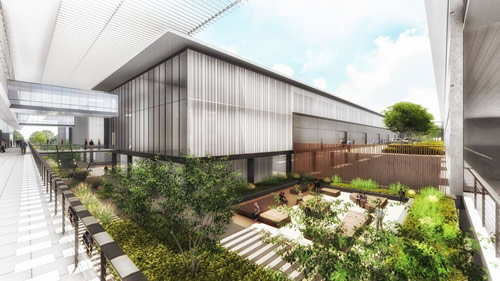Collin College Unveils Plans for Technical Training Center

Collin College in Collin County, TX, unveiled plans for its new Collin Technical Training Center—a space that is being built to promote technical instruction across a wide array of disciplines. The Center, which is expect to serve over 5,000 students, will feature spaces that are centered around collaboration and workforce development in North Texas.
Some of the programs served by the new Center include automotive technology, the construction trades, HVAC, health sciences, information technology, manufacturing, supply chain management, welding, and other areas. The new facility is being designed by Perkins + Will and is scheduled for completion in May of 2020.